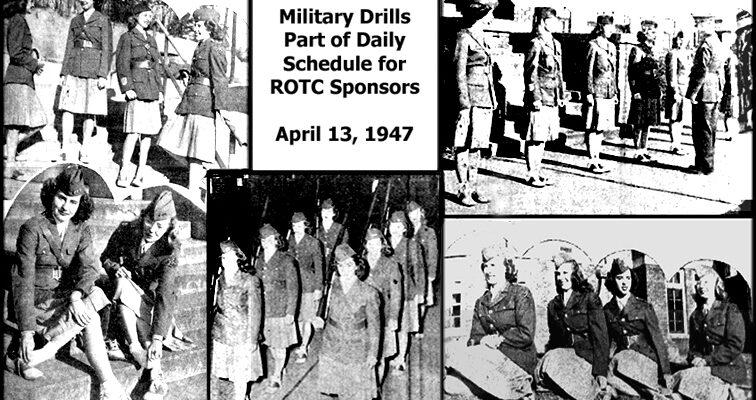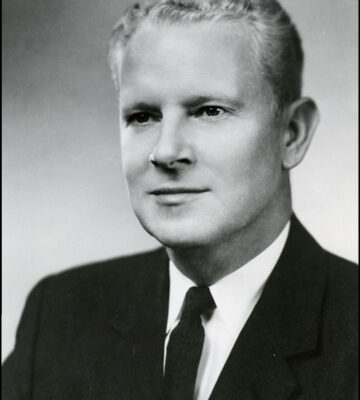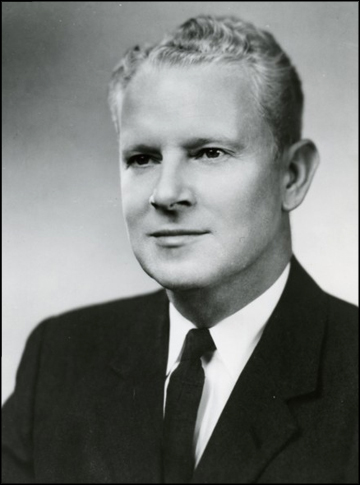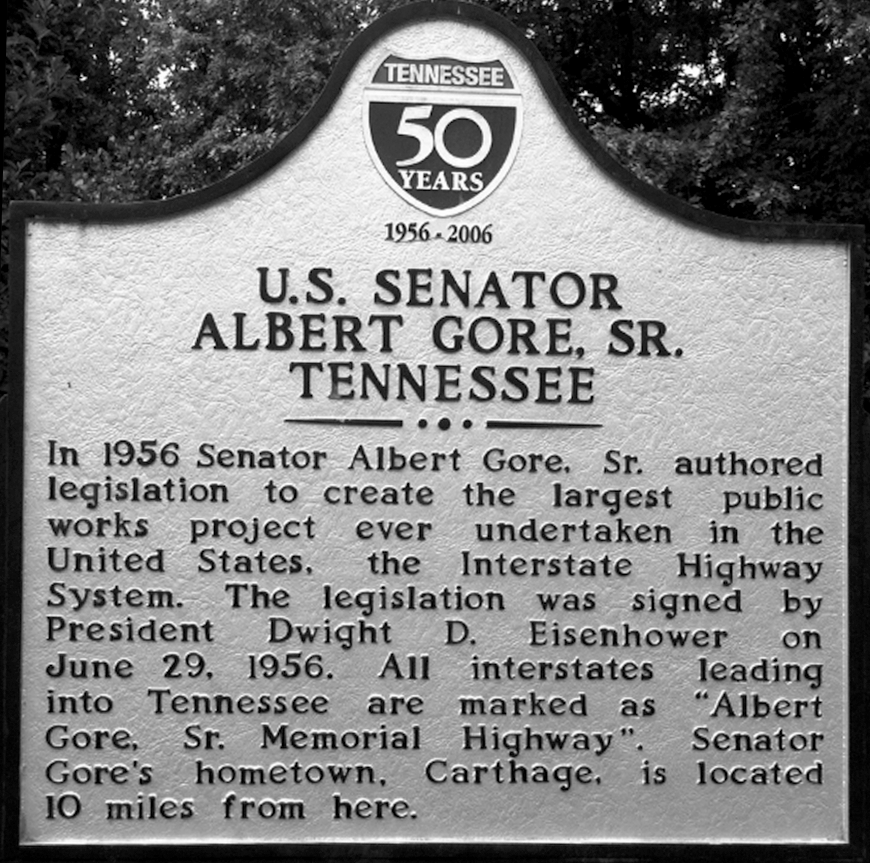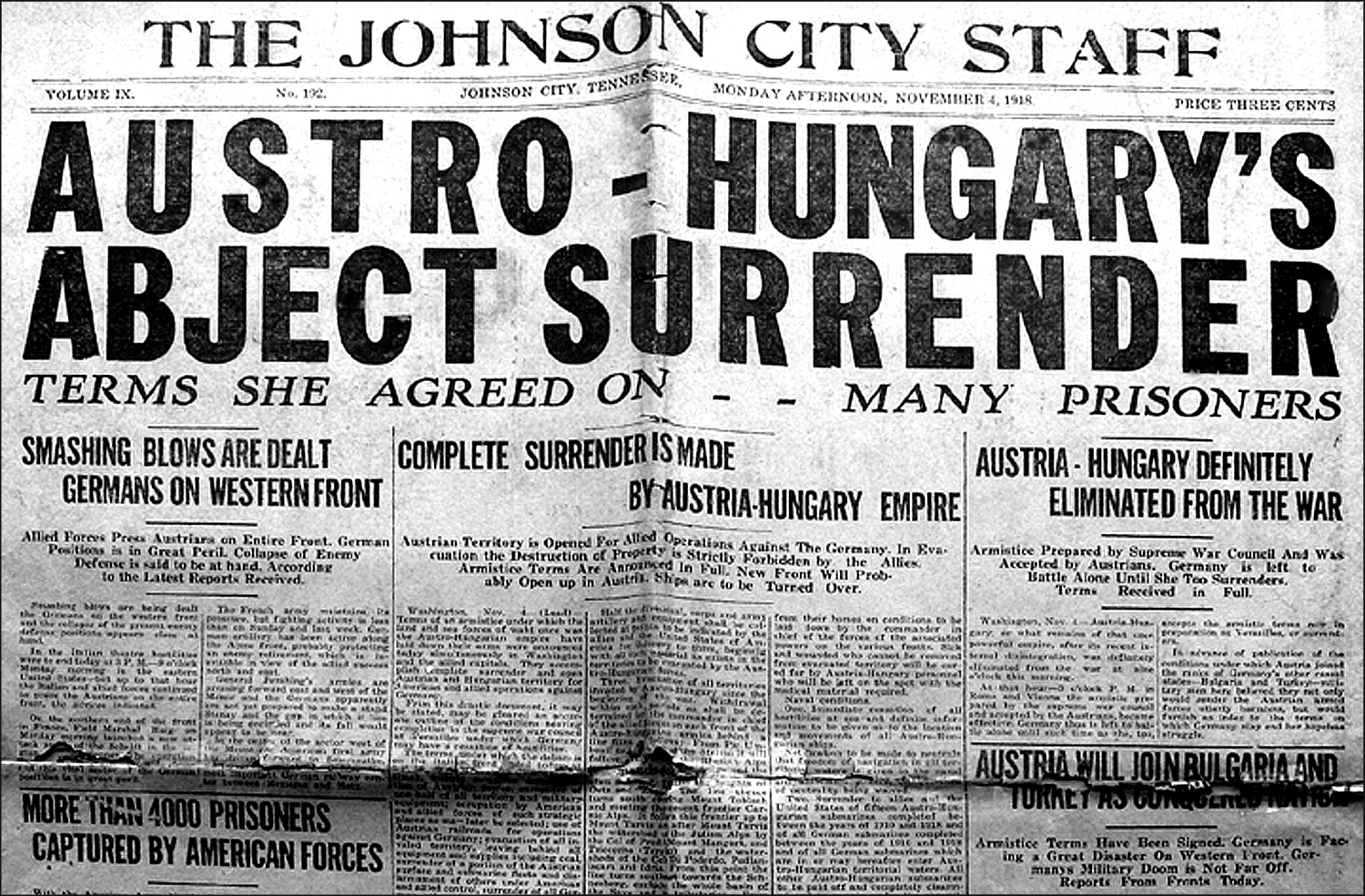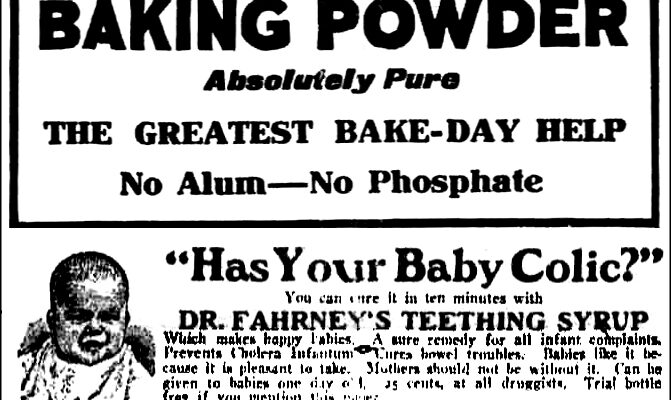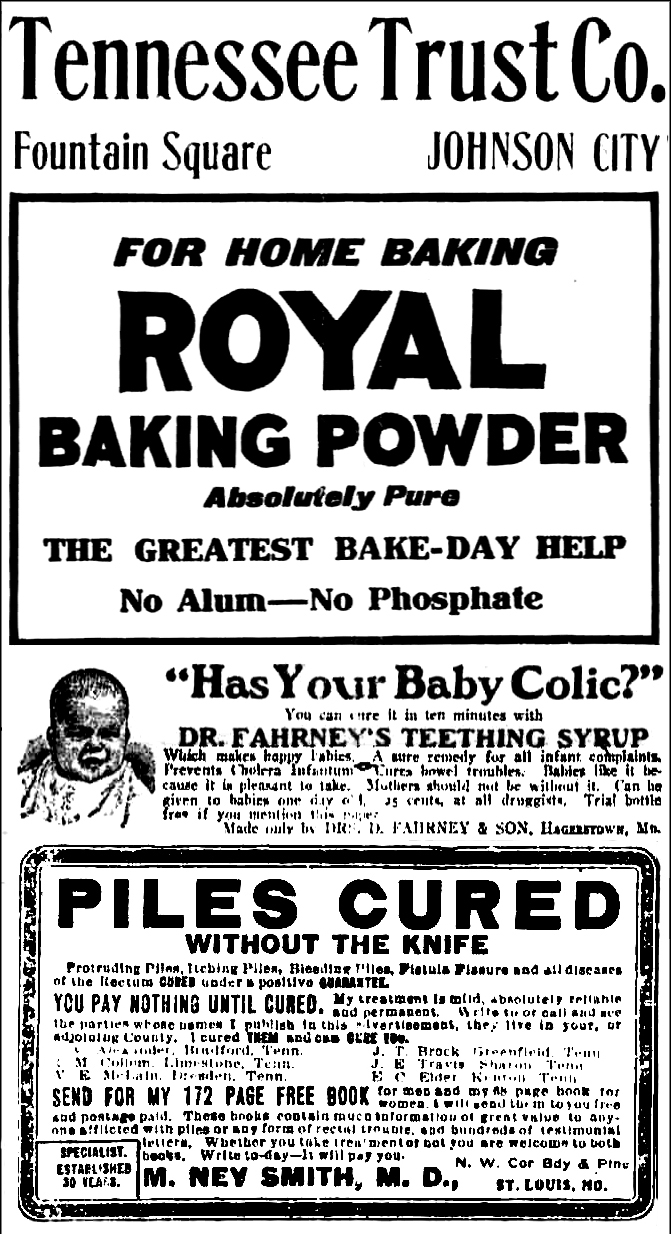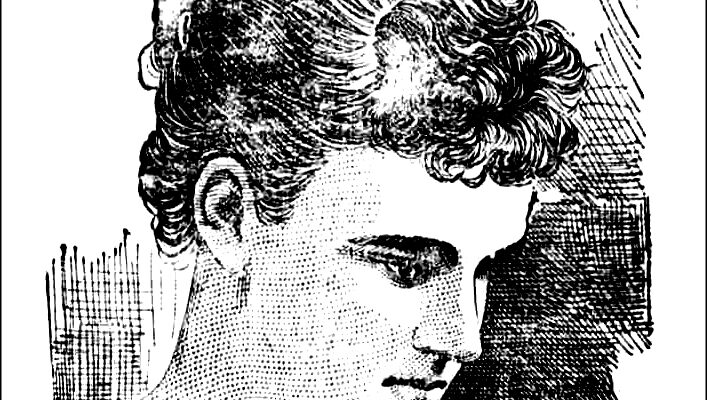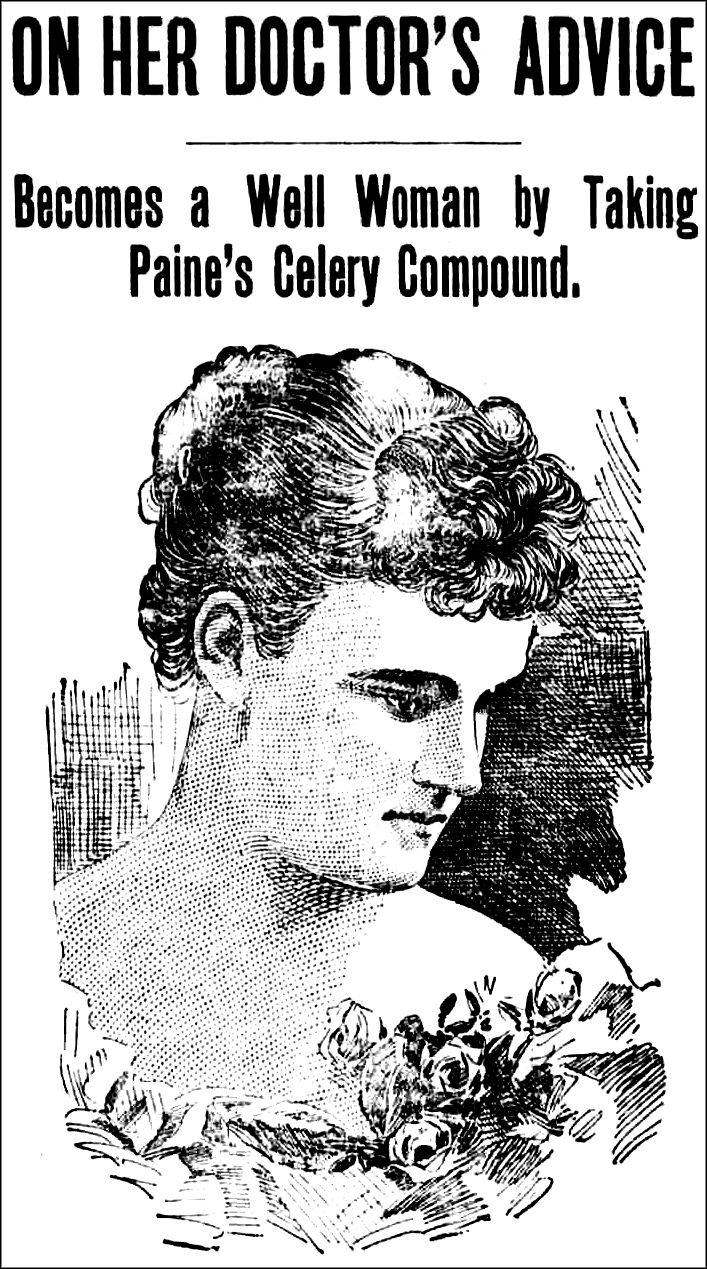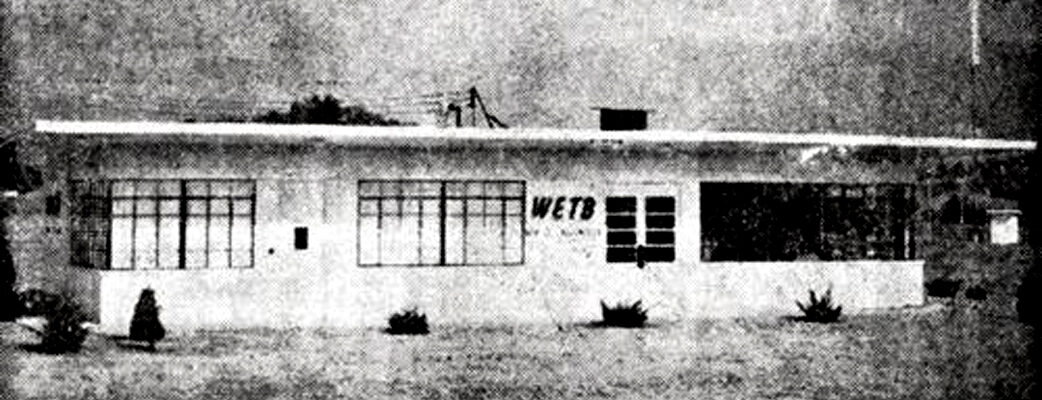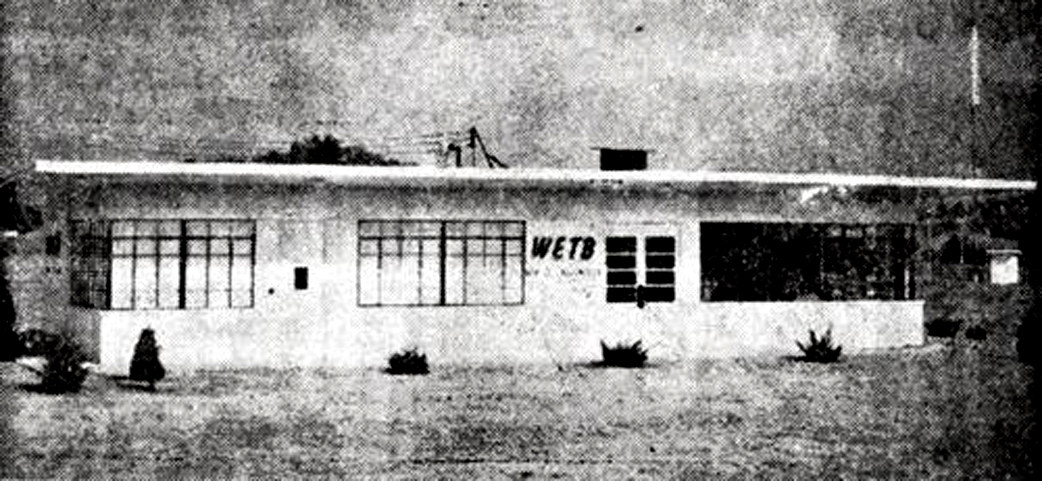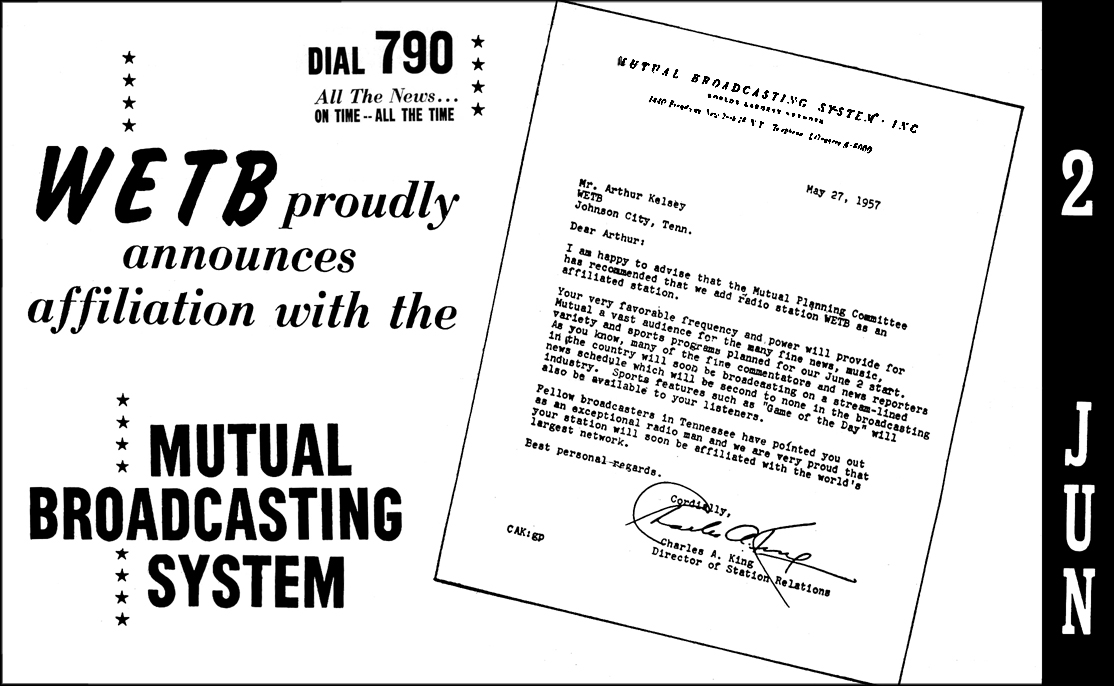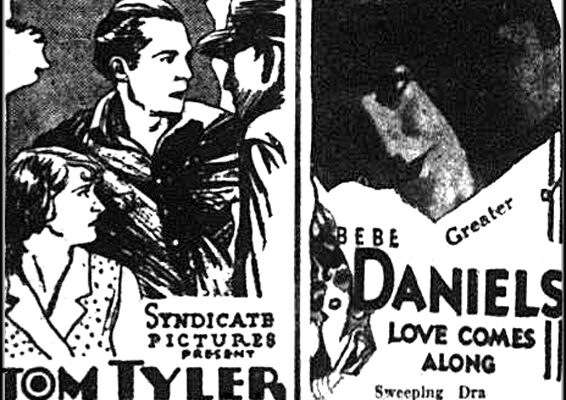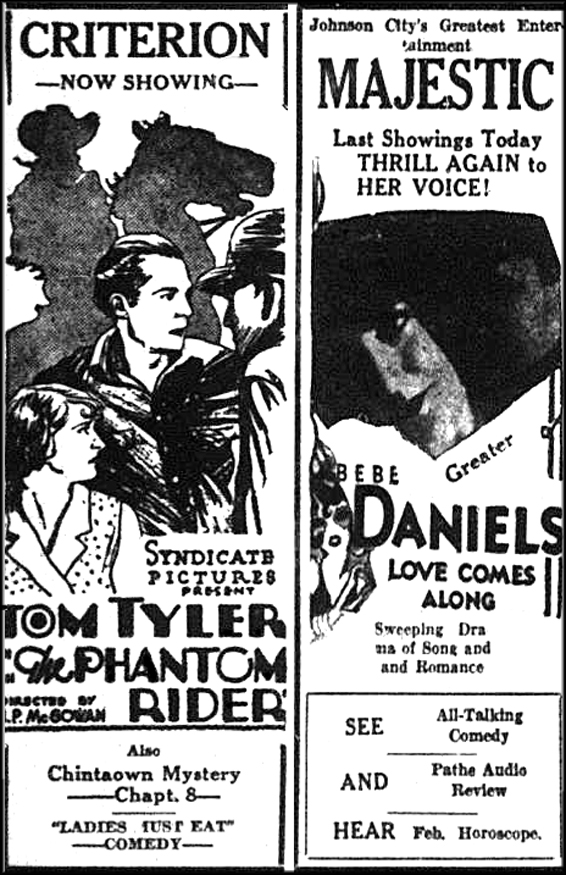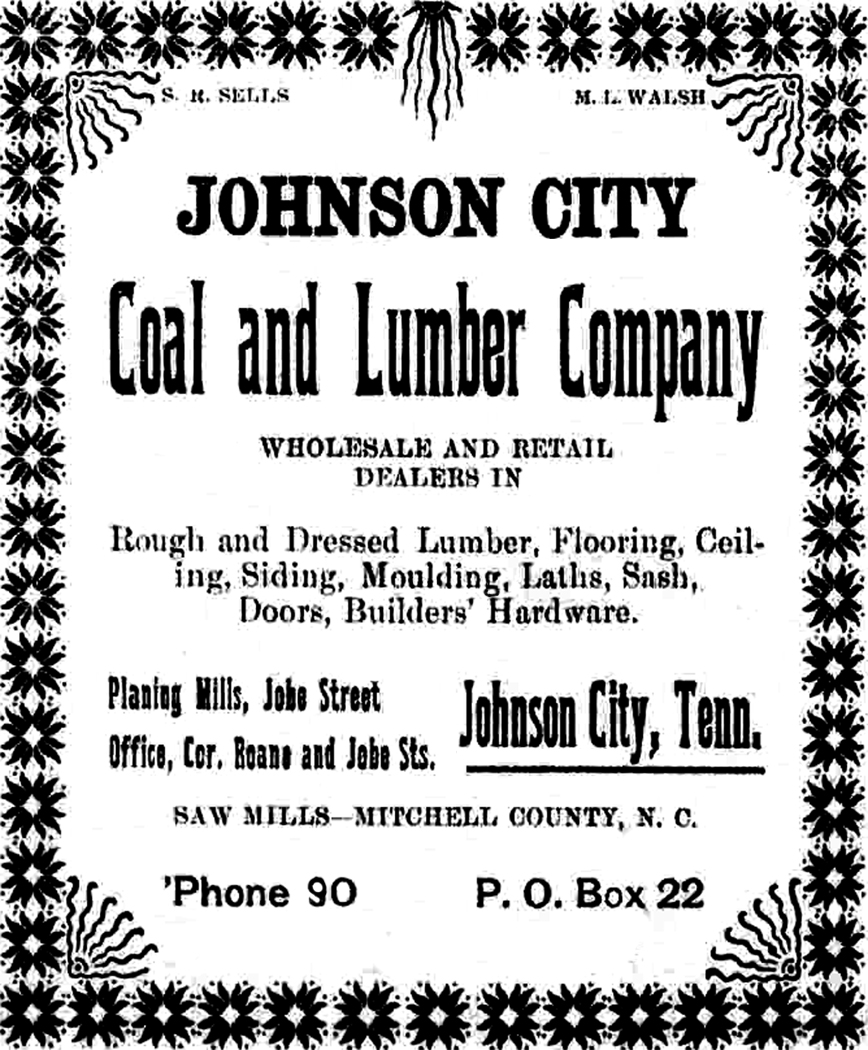The evening of May 9, 1947 was an eventful and much-anticipated occurrence for Science Hill High School's ROTC program that was comprised of several young men and eight young ladies who served as sponsors. The required “military appearance,” as specified in the military manual did not just spontaneously occur. It was carefully orchestrated by some rather stiff drill work by the school's training staff.
The military instructors were Lieut. Col. Walter L. Sherfey (Infantry, Professor of Military Science & Tactics); 1st Sgt. Paul H. Hicks (Infantry, Military Instructor), Sgt. William C. Salter (Signal Corps, Military Instructor).
Student officers and (corresponding sponsors) were Cadet Major Gene Arnold (Jo Anderson), Cadet Captain Max Morritt (Jean Chalker), Cadet Captain Hal Youngblood (Amy Winston), Cadet Captain George Johnston (Martha Gene Speed), Cadet 1st Lieut. Frank Larkin (Annette Marshall), Cadet 1st Lieut. Louis Copp (Jane Dance), Cadet 1st. Lieut. John Ryan (Joan Carter), and Cadet 1st Lieut. Jack Sausman (Nancy Jane Kiser).
Those cadets without sponsors included Cadet 1st Lieut. Tommy Vance, Cadet 1st Lieut. Jack Fulks, Cadet 2nd Lieut. Lee Wallace, Cadet 2nd Lieut. Charles Swain, Sgt. J. Max Scott (National Color Sgt.), Sgt. Bill Rushing (Battalion Color Guard Sgt.), Cpl. Elmer Baine (Color Guard) and Cpl. Freddie Barnes (Color Guard).
The sponsors that year were anxiously anticipating new uniforms, which was graciously presented to them that same year by the Johnson City Optimist Club.
Identification of those in the collage photo can be determined by moving counter-clockwise from the top left photo. The names of the individuals in each photo are shown left to right.

Photos of Sponsors from the 1947 ROTC Program
Photo 1: Martha Gene Speed, Amy Winston, Jean Chalker and Jo Anderson. They were allegedly discussing the prospects for new uniforms.
Photo 2: Amy Winston and Annette Marshall as they soothe their aching feet after a period of heavy drilling.
Photo 3: The left squad (front to back) shows Jane Dance, Nancy Jane Kiser, Martha Gene Speed and Amy Winston. The right squad discloses Jean Carter, Jean Chalker, Jo Anderson and Annette Marshall.
Photo 4: Nancy Jane Kiser, Jane Dance, Jean Carter and Annette Marshall.
Photo 5: Lt. Col. Walter L. Sherfey (on the right facing the sponsors). As Professor of Military Science and Tactics (PMS&T), he is putting the group through a rigorous inspection.
The photos were supplied by the late Johnson City Press-Chronicle photographer, Jimmy Ellis.
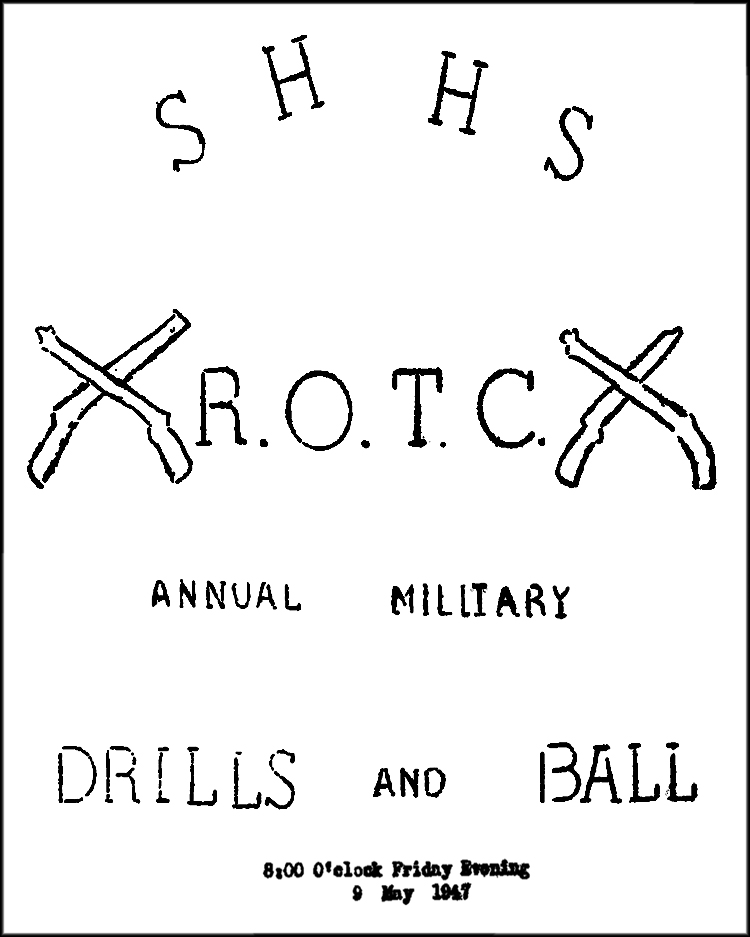
Program
The ROTC Ball Program that May 9, 1947 evening was as follows:
“National Anthem by Drum and Bugle Corps.
“Presentation of the Battalion to the P.M.S.&T. (Entire unit with Cadet Major Arnold in charge).
“Sponsors Drill (Cadet Major Arnold in charge).
“Company A Drill Squad (Cadet 1st Sgt. Fred Booher in charge).
“Company B Drill Squad (Cadet S/Sgt. Bob Fields in charge).
“Company C Drill Squad (Cadet S/Sgt. Gene Gross in charge).
“Awarding of Metals (Lt. Colonel Walter L. Sherfey in charge).
“Exhibition by Drum and Bugle Corps (Cadet 1st Lieut. Jack Fulks in charge.)
“Intermission.
“The Grand March (music furnished by The Blue Notes(.
“Dancing until midnight.”
I hope my readers will recognize someone from their past and share their memories with me.
